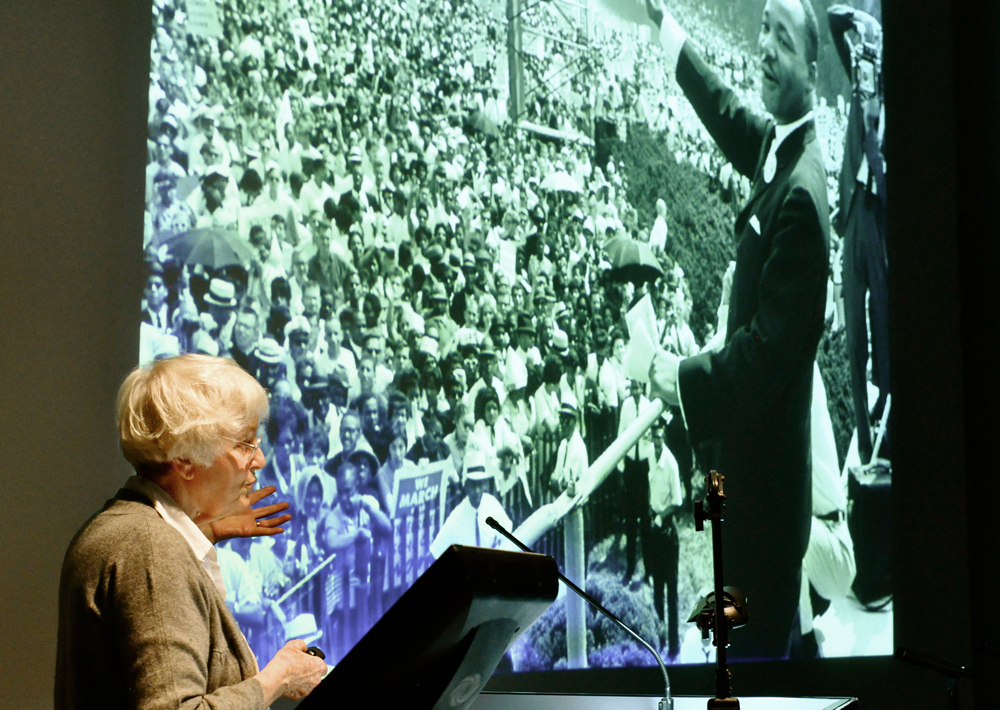Uncovering JAPA
50 Years of Denise Scott Brown’s Vision for Socially Responsible Design

In her 1969 Journal of the American Planning Association article, "On Pop Art, Permissiveness and Planning," Denise Scott Brown reflected on an ever-relevant, interdisciplinary dilemma facing the world of design:
How do architects, urban designers, and planners rely on their expertise to envision the city, yet simultaneously remain receptive and sensitive to the public's needs?
Balance Expertise and Public Needs
For Scott Brown, the socially responsible answer demands that designers put their professional skills and creative visions over the desires of the public. She comes head to head against the generation of community-driven planners who fought the "class biases and aesthetic hang-ups of the architecturally trained physical planner" — a generation still alive today, 50 years after her piece was published.

Denise Scott Brown speaking at Columbia University on the occasion of her 81st birthday in 2012. Photo by Flickr user Columbia GSAPP (CC BY 2.0).
As calls continue for planning processes to ensure cities are shaped by their people, Scott Brown offers a response contentious to architects, urban designers, and planners of 1969 and 2019 alike. Her call is not for designers to ignore the needs of the people, but rather to rely on their own expertise to best respond to those needs. She explains:
"The best thing an architect or urban designer can offer a new society, apart from a good heart, is his own skill, used for the society to develop a respectful understanding of its cultural artefacts and a loving strategy for their development to suit the needs and way of life of its people."
Designers of the built world, Scott Brown says, must remain confident in their ability to judge what people need and shape the city accordingly. She clarifies that suiting the needs of people does not always mean fulfilling their wants. Indeed, Scott Brown fears resident-driven designs can lead to consumer-driven development, and she points to Levittowns and urban sprawl as examples.
Public Needs Knowledge of Designer
Suburbia offered homeowners what they wanted — much to the outcry of modernist architects — without serving the needs of the city. The receptive designer, eager to sensitively weigh the requests of the public, all too quickly becomes "normative," "nonjudgmental" — an "indifferent artist," when the designer's judgment is deeply needed to build a better city.
Here, Scott Brown offers a thoughtful critique of advocacy planning and community-based design, not out of a desire to exercise control or place modernist visions onto the city, but out of a concern that the public needs the knowledge of the designer.
Architect, planner, and JAPA Editorial Board member Peter Brown still looks to Scott Brown to unpack this dilemma: "Denise Scott Brown's multidisciplinary perspective remains fresh. Her writing and critique about both disciplines as well as other forces at work in city-building is clear-eyed and unflinching. ... Despite being 50 years old, the issues in this piece remain relevant today."
Read More
For an alternative view on participatory design in JAPA see Katherine Crewe's 2001 article "The Quality of Participatory Design: The Effects of Citizen Input on the Design of Boston Southwest Corridor."
Top image: JAPA logo.


